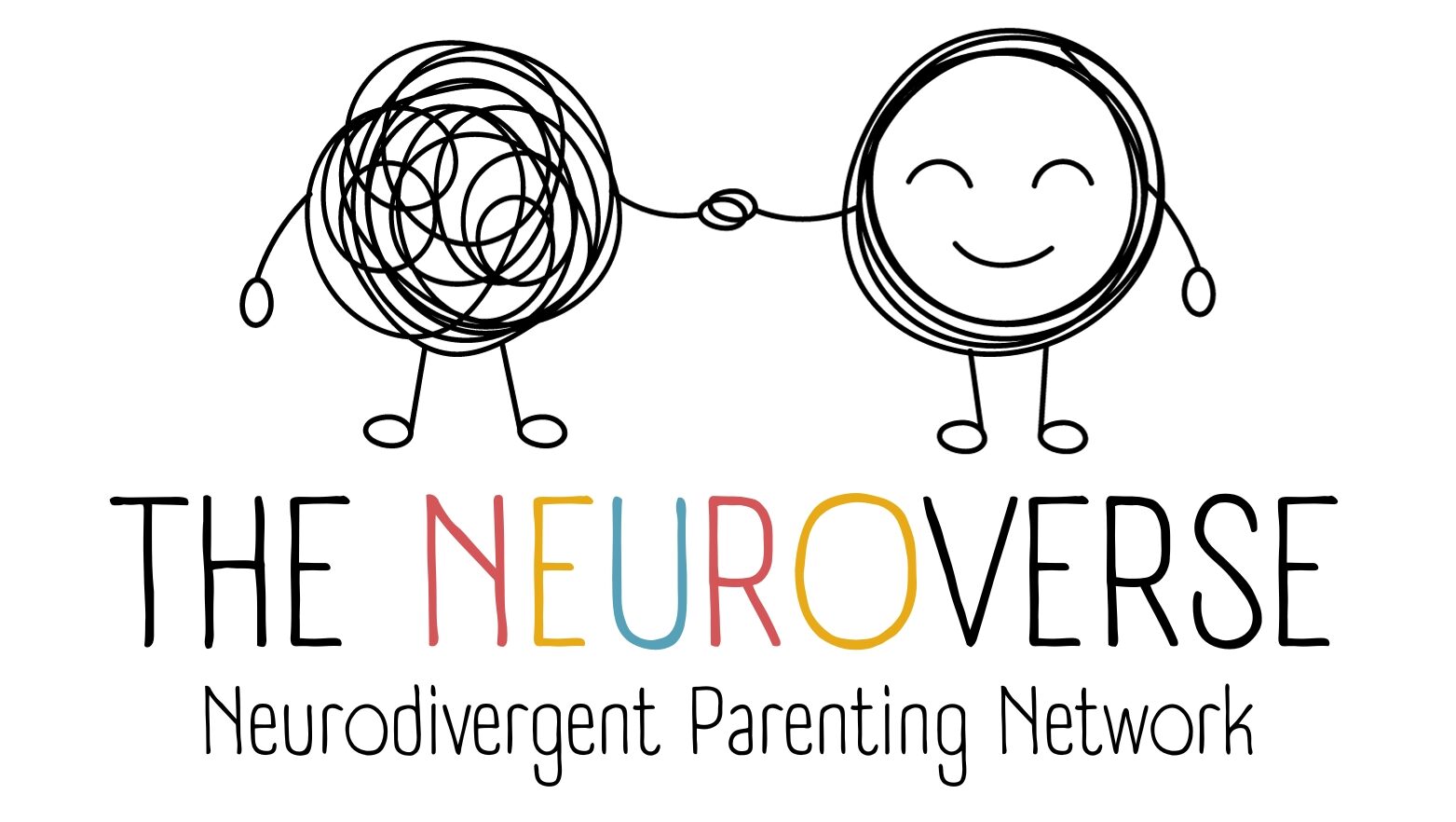What Is Ableism & Why It Matters

Ableism refers to the systemic discrimination, prejudice, or devaluation of people who are disabled or neurodivergent. It assumes that there is one “normal” or “correct” way to think, behave, communicate, or interact with the world—typically aligning with neurotypical standards.
In the context of neurodiversity, ableism manifests when neurodivergent ways of being are framed as inferior, broken, or needing to be “fixed” to align with neurotypical norms. This can lead to harmful language, practices, and systems that suppress or devalue neurodivergent identities, needs, and experiences.
Examples of Ableist Views (That Are Not Neuro–affirming)
- Pathologising Language
Saying someone “suffers from autism” or “has a brain disorder” instead of recognising autism as a valid neurotype.
- Compliance Over Autonomy
Praising therapies or approaches that aim to “make autistic children appear normal” without respecting their authentic way of communicating, behaving, or interacting.
- Judging Communication Styles
Assuming spoken language is superior to non-verbal communication or AAC (augmentative and alternative communication), and pressuring individuals to speak “properly”.
- Shaming Self-Regulation Behaviours
Discouraging or suppressing stimming (such as hand-flapping or rocking) because it looks “weird” or “different”, instead of recognising it as a healthy self-regulation strategy.
- Using Functioning Labels
Describing people as “high-functioning” or “low-functioning”, which oversimplifies the complexity of their strengths and challenges, and often invalidates their lived experience.
- Blaming Parents or Individuals for Differences
Suggesting that neurodivergence is caused by “bad parenting” or “too much screen time”, ignoring the biological and neurological basis of these differences.
- Excluding Sensory Needs
Designing environments without any consideration for sensory sensitivities (e.g., loud noise, bright lights), expecting neurodivergent people to “just cope”.
- Treating Neurodivergent People as Inspirational Objects
Sharing stories that position neurodivergent people as “inspirational” simply for existing or achieving basic life milestones, reinforcing the view that their life is inherently tragic or exceptional.
Why It Matters
These ableist views perpetuate stigma, reinforce harmful stereotypes, and undermine the dignity and agency of neurodivergent people. Neuro-affirming approaches, by contrast, validate diverse ways of being and seek to build inclusive environments that respect individual needs, preferences, and rights.
References
Bottema-Beutel, K., Kapp, S. K., Lester, J. N., Sasson, N. J., & Hand, B. N. (2021). Avoiding ableist language: Suggestions for autism researchers. Autism in Adulthood, 3(1), 18–29. https://doi.org/10.1089/aut.2020.0014
Cage, E., Di Monaco, J., & Newell, V. (2018). Experiences of autism acceptance and mental health in autistic adults. Journal of Autism and Developmental Disorders, 48(2), 473–484. https://doi.org/10.1007/s10803-017-3342-7
Crane, L., Sesterka, K., & den Houting, J. (2021). Sensory-friendly environments for autistic people: A review of design strategies. Autism, 25(7), 1850–1861. https://doi.org/10.1177/13623613211019841
Jurgens, A., Anderson, A., & Moore, D. W. (2021). Communication preferences and experiences of autistic individuals using AAC. Augmentative and Alternative Communication, 37(2), 100–112. https://doi.org/10.1080/07434618.2021.1910913
Kapp, S. K., Gillespie-Lynch, K., Sherman, L. E., & Hutman, T. (2013). Deficit, difference, or both? Autism and neurodiversity. Developmental Psychology, 49(1), 59–71. https://doi.org/10.1037/a0028353
Milton, D. E. M. (2012). On the ontological status of autism: The ‘double empathy problem’. Disability & Society, 27(6), 883–887. https://doi.org/10.1080/09687599.2012.710008
Walker, N. (2021). Neuroqueer heresies: Notes on the neurodiversity paradigm, autistic empowerment, and postnormal possibilities. Autonomous Press.



Leave a Reply